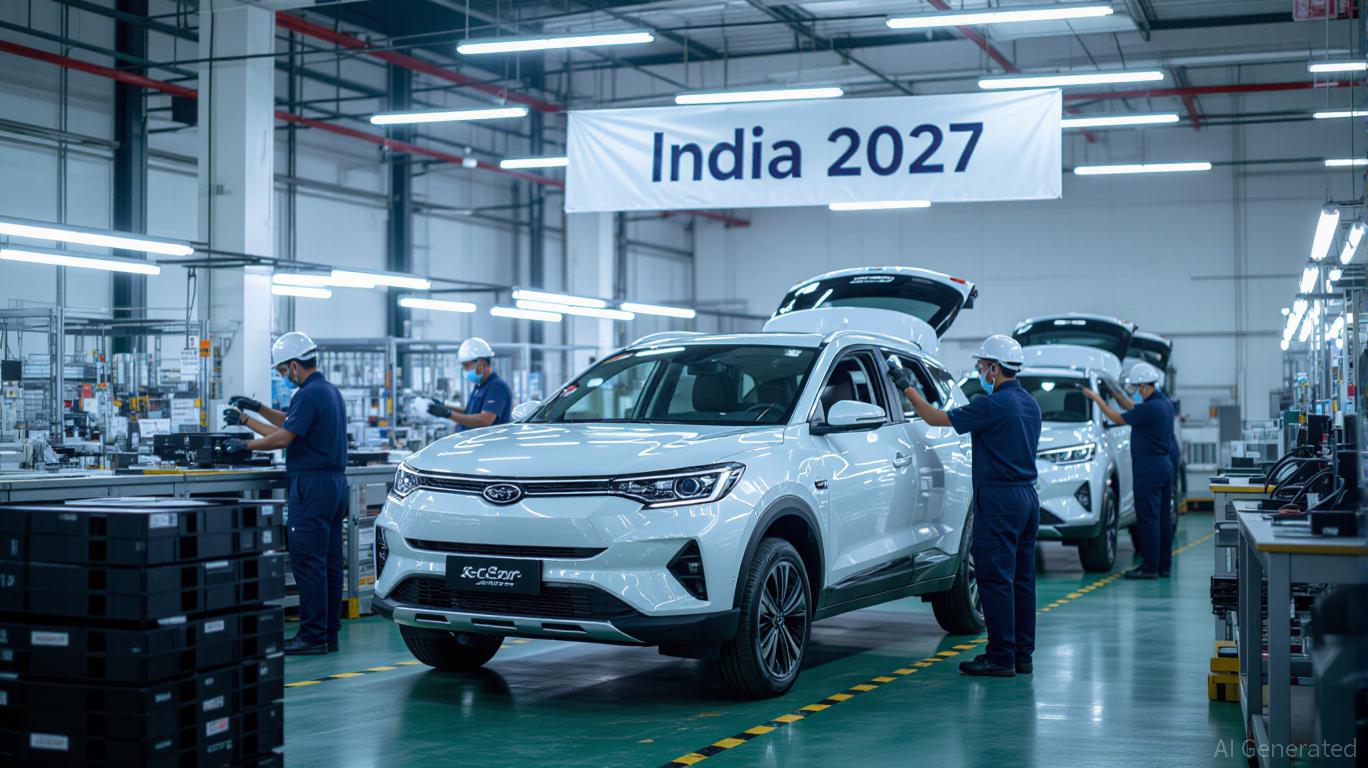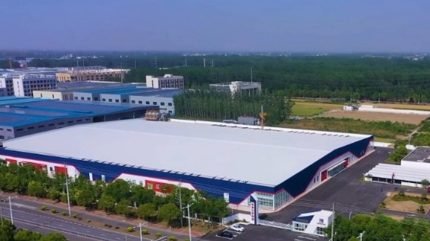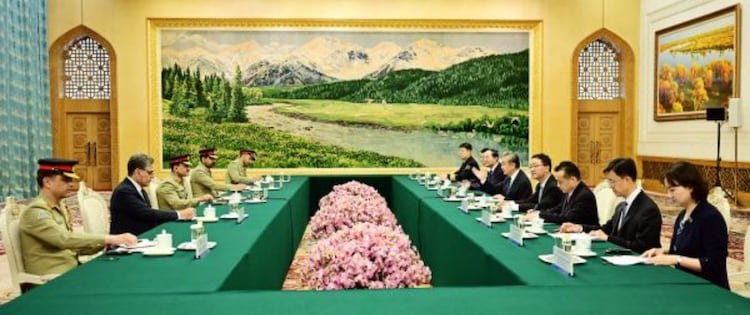
The global electric vehicle (EV) supply chain is undergoing a seismic shift as India and China navigate a delicate balance of geopolitical tensions and economic pragmatism. Over the past year, cross-border technology licensing and localization strategies between the two nations have accelerated, driven by India’s urgent need to build a competitive EV ecosystem and China’s strategic ambition to expand its technological footprint. For investors, these developments present both opportunities and risks, requiring a nuanced understanding of how geopolitical dynamics and financial interdependencies shape the future of EV manufacturing.
The Strategic Imperative: Bridging India’s EV Gap
India’s EV market is still in its infancy, with domestic supply chains lacking the capacity to produce advanced components like lithium-ion batteries, power electronics, and intelligent drivetrains. This gap has made Chinese technology an indispensable partner. The most prominent example is the JSW Group’s collaboration with Chery Automobile, a Chinese automaker. Under a landmark agreement, Chery licenses its electric powertrain and hybrid systems to JSW, which will launch its own EV brand by 2027. This arrangement—a one-time technology transfer fee plus recurring royalties—avoids equity sharing, aligning with India’s restrictions on Chinese investment in strategic sectors.
Similarly, the joint venture between JSW and SAIC Motor (MG Motor India) has proven highly successful. The MG Windsor, India’s best-selling electric car, has captured market share by leveraging SAIC’s mature EV platforms. These partnerships highlight a broader trend: Indian firms are prioritizing access to tested Chinese technology to bypass costly R&D and accelerate time-to-market.
Financial Metrics and Geopolitical Leverage
The financial stakes are enormous. By 2030, India’s EV market is projected to reach $100 billion, with localization targets set at 30% of total vehicle production. However, India’s reliance on Chinese inputs remains acute. For instance, 93% of India’s rare earth magnets—critical for EV motors—come from China, and recent export controls imposed by Beijing have already delayed shipments by 45 days. This vulnerability underscores the strategic leverage China holds in the EV value chain, a risk that investors must weigh against the sector’s growth potential.
The $1.5 billion SAIC-JSW joint venture, aiming to sell 1 million new-energy vehicles by 2030, exemplifies the scale of integration. With 60% of required components sourced from China, India’s import bill for EV-related goods could exceed $10 billion annually. While this creates a short-term windfall for Chinese firms, it also exposes India to supply shocks, particularly during periods of diplomatic friction.
Opportunities in Localization and Diversification
Despite these risks, the India-China EV partnership offers compelling investment opportunities. For one, it is driving rapid localization of manufacturing in India. The Indian government’s reduction of tariffs on 35 EV components and its Production Linked Incentives (PLI) scheme have incentivized firms to establish local assembly lines. This hybrid model—importing Chinese technology while building domestic production capacity—could create a resilient supply chain, provided Indian firms reinvest in downstream innovation.
Investors should also monitor how Chinese firms adapt to India’s regulatory environment. Companies like BYD and Gotion High-tech, which have licensing agreements with Indian partners, stand to benefit from India’s growing demand for battery cells and power electronics. Conversely, firms that fail to navigate India’s cautious stance on Chinese equity participation may struggle to scale.
Geopolitical Risks and Mitigation Strategies
The geopolitical risks are undeniable. China’s control over rare earth processing (90% of global capacity) gives it significant leverage, as seen in April 2025 when export delays threatened India’s EV production. To mitigate this, India is accelerating domestic mining and investing in magnet-free technologies—a process that will take years. In the interim, investors should favor companies that diversify their supply chains, such as those sourcing components from Southeast Asia or the U.S.
Additionally, India’s strategic alignment with the U.S. and other democracies could reshape the EV landscape. A limited free trade agreement with the U.S., for instance, might provide access to critical minerals and EV software, reducing overreliance on China. Investors should watch for policy shifts that could either exacerbate or alleviate these dependencies.
Investment Advice: Balancing Growth and Risk
For investors, the India-China EV collaboration presents a dual-edged sword. On one hand, the rapid adoption of EVs in India offers a massive growth market, with Chinese firms positioned to capture significant margins. On the other, geopolitical tensions and supply chain vulnerabilities could disrupt returns. A diversified portfolio that includes both Chinese EV suppliers and Indian firms with strong localization strategies is advisable.
Key stocks to consider include Chery Automobile (though not publicly traded) and its Indian partners like JSW Group, as well as Chinese battery firms like CATL and Gotion High-tech. In India, firms like Tata Motors and Ola Electric, which are building domestic supply chains, could benefit from government support. However, investors should remain cautious about overexposure to any single partner, given the sector’s volatility.
Conclusion
The China-India EV tech collaboration is a microcosm of the broader global supply chain dilemma: balancing efficiency with resilience. While Chinese technology has been a catalyst for India’s EV ambitions, the long-term sustainability of this partnership depends on India’s ability to build self-reliance. For investors, the key lies in identifying firms that can navigate this transition—leveraging Chinese expertise while investing in domestic innovation. As the EV market evolves, those who strike this balance will likely emerge as the sector’s true winners.




